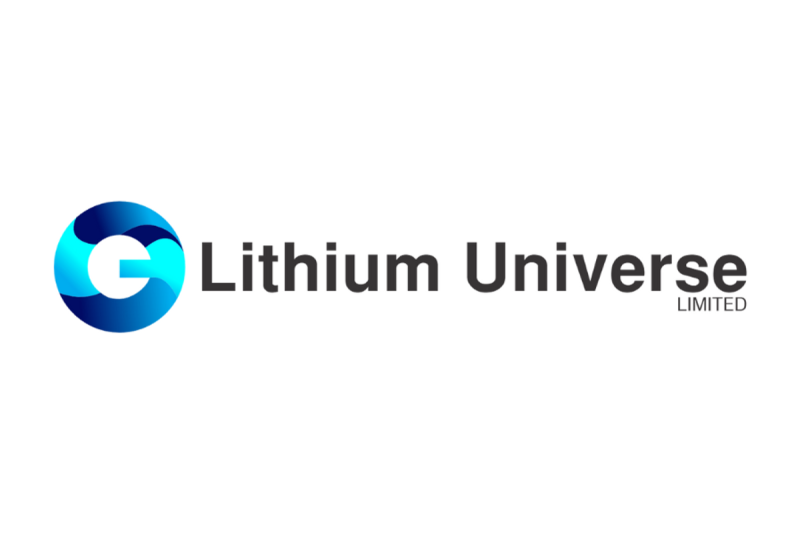In the push towards a more sustainable future, the demand for lithium-ion batteries has seen a significant uptick in recent years. The automotive industry, in particular, has been embracing electric vehicles as a more environmentally-friendly alternative to traditional gas-powered cars. As a key component in these batteries, the global demand for lithium has been steadily increasing. However, a significant challenge has emerged in North America: the lithium conversion gap.
The lithium conversion gap refers to the disparity between the amount of lithium mined in North America and the capacity to convert it into battery-grade lithium hydroxide or carbonate. This issue highlights the region’s reliance on importing processed lithium from other countries, primarily from South America and China. Closing this gap is crucial for achieving greater energy independence and supply chain resilience in North America.
One of the main reasons behind this disparity is the lack of domestic processing facilities for lithium. While North America boasts vast lithium reserves, the infrastructure to extract and refine this valuable resource is lacking. As a result, raw lithium is often exported to countries with the necessary processing capabilities, adding to the region’s dependence on foreign sources.
To address this challenge, efforts are underway to ramp up lithium processing capacity in North America. Several companies are investing in building new processing facilities or expanding existing ones to bridge the conversion gap. By increasing domestic processing capabilities, North America can reduce its reliance on imported lithium and strengthen its position in the global lithium-ion battery market.
Moreover, closing the lithium conversion gap can have far-reaching benefits beyond just energy independence. It can also spur economic growth and create job opportunities in the region. The establishment of new processing facilities will require a skilled workforce, supporting local communities and fostering innovation in the clean energy sector.
In addition to expanding processing capacity, another key aspect of closing the lithium conversion gap is enhancing collaboration and partnerships among stakeholders. Governments, industry players, and research institutions need to work together to streamline the supply chain, invest in research and development, and improve regulatory frameworks to support the growth of the lithium industry in North America.
Furthermore, increasing sustainability considerations in lithium extraction and processing is essential. Responsible mining practices, efficient water and energy use, and proper waste management are crucial to minimize the environmental impact of lithium production. By promoting sustainable practices, North America can position itself as a leader in ethical and eco-friendly lithium production.
In conclusion, closing the lithium conversion gap in North America is a complex but achievable goal. By investing in domestic processing capacity, fostering collaboration among stakeholders, and promoting sustainability practices, the region can enhance its energy independence, spur economic growth, and contribute to a more sustainable future. With concerted efforts and strategic initiatives, North America can close the gap and establish itself as a major player in the global lithium-ion battery market.
